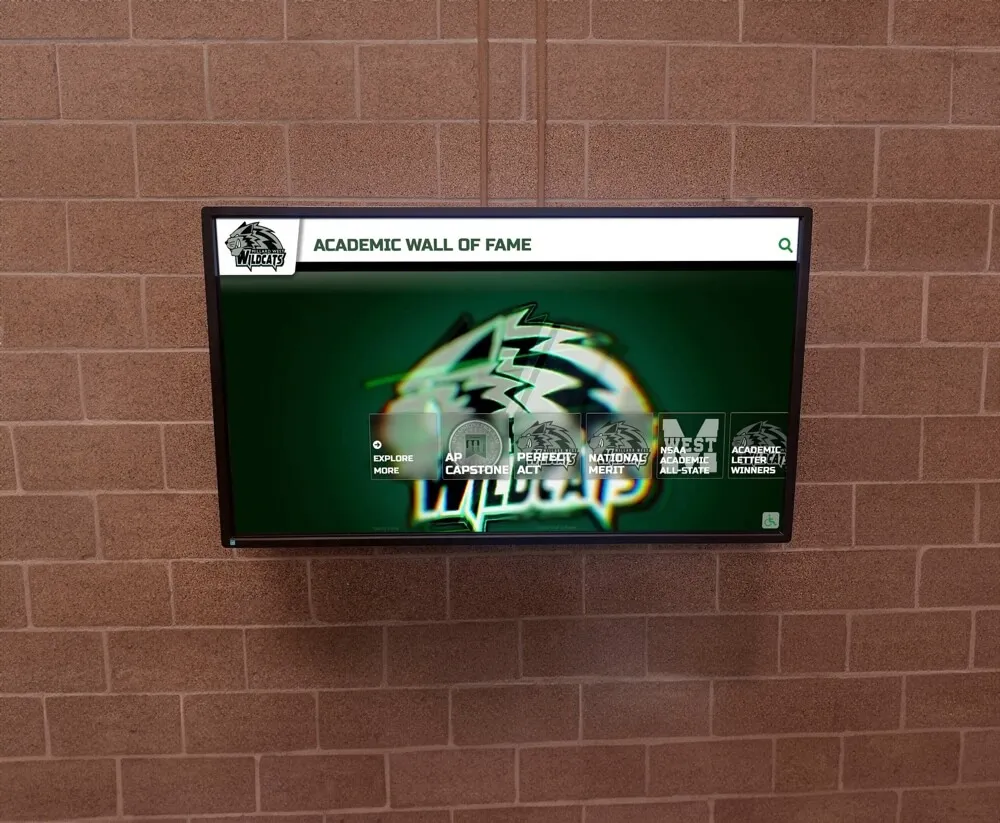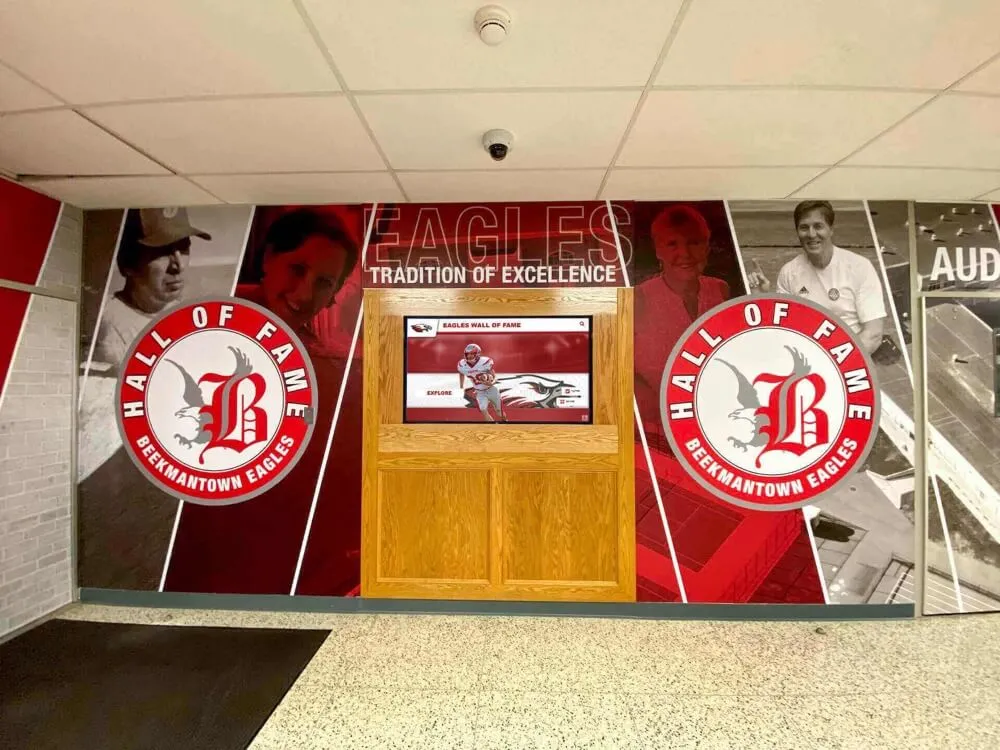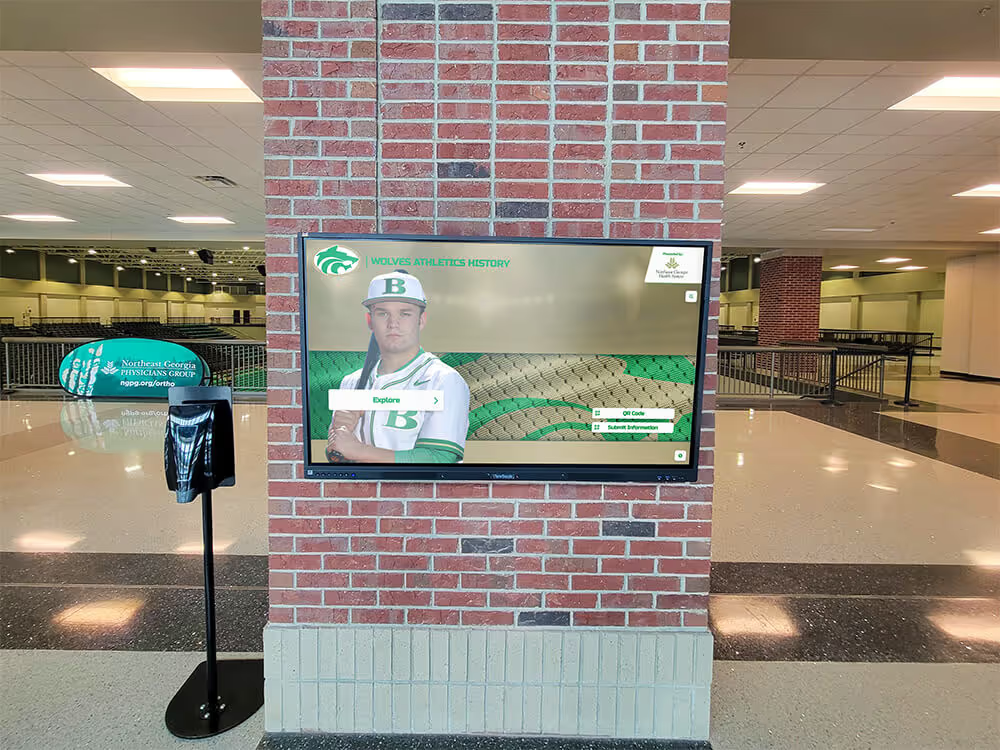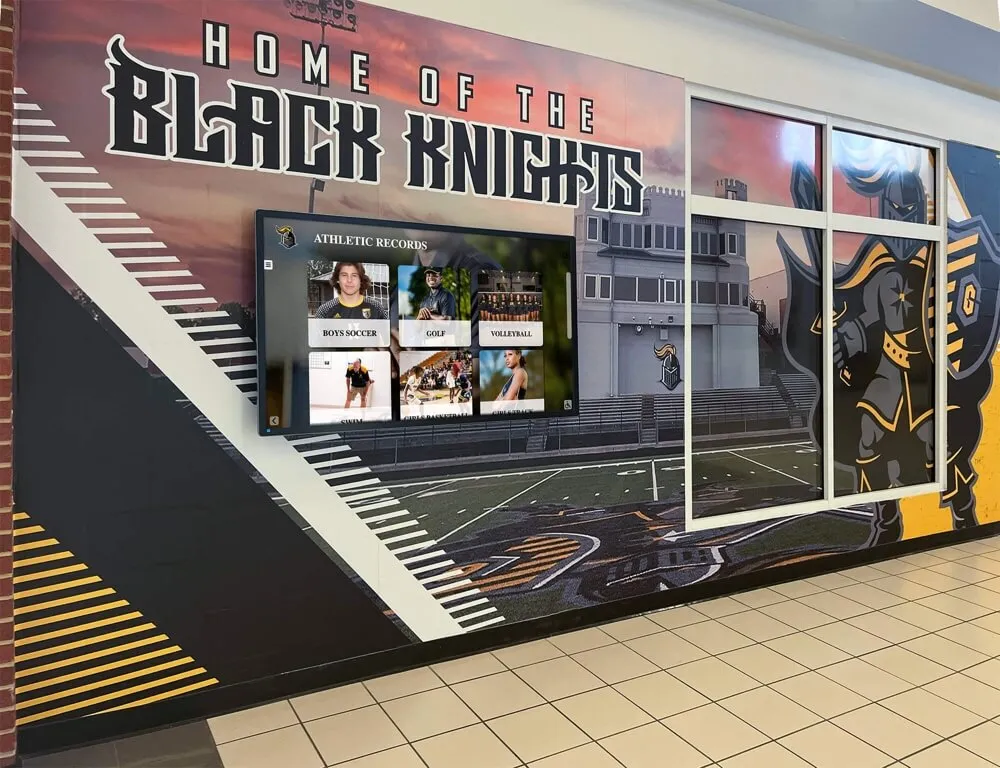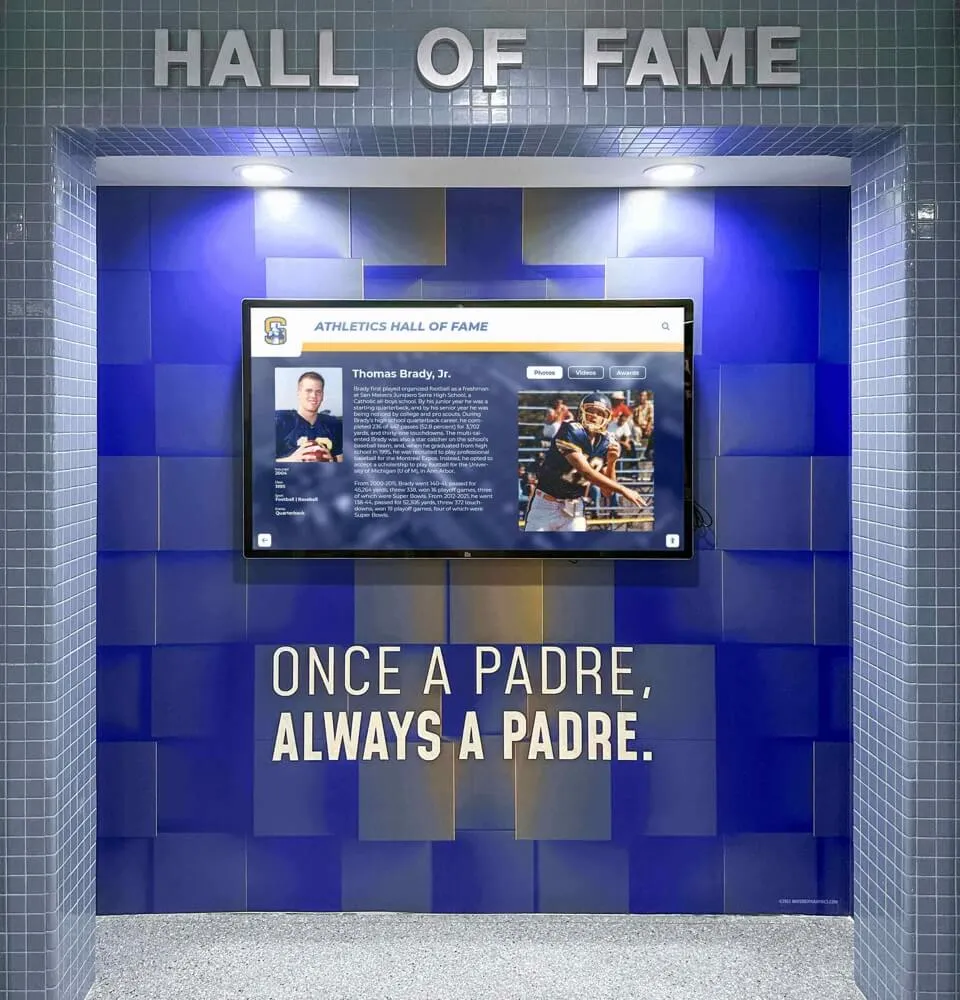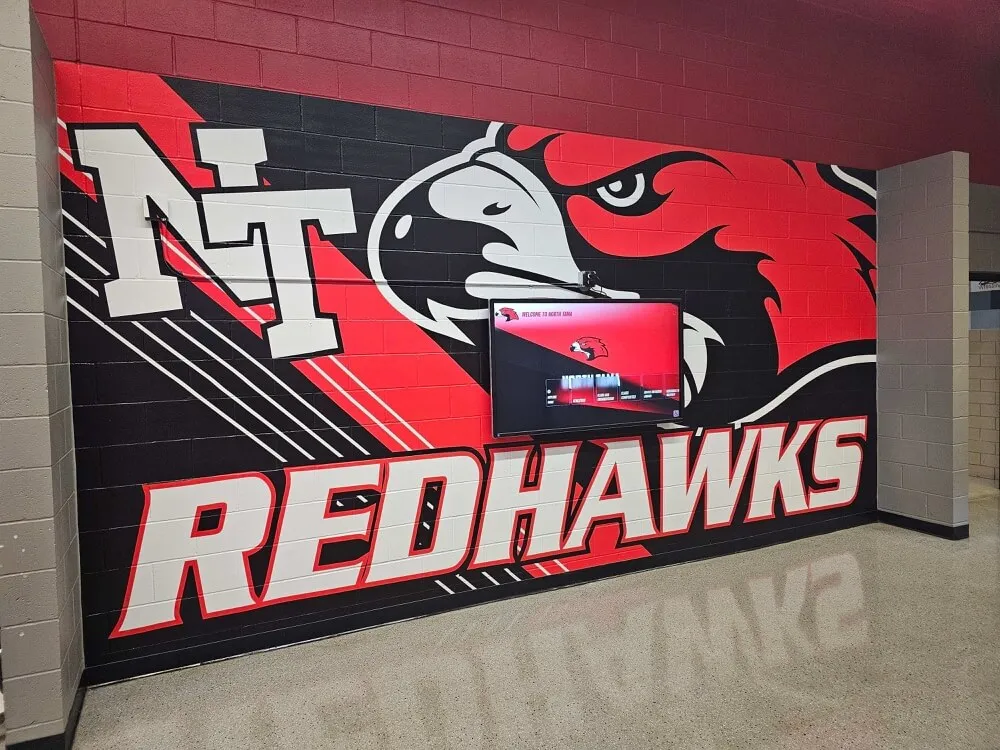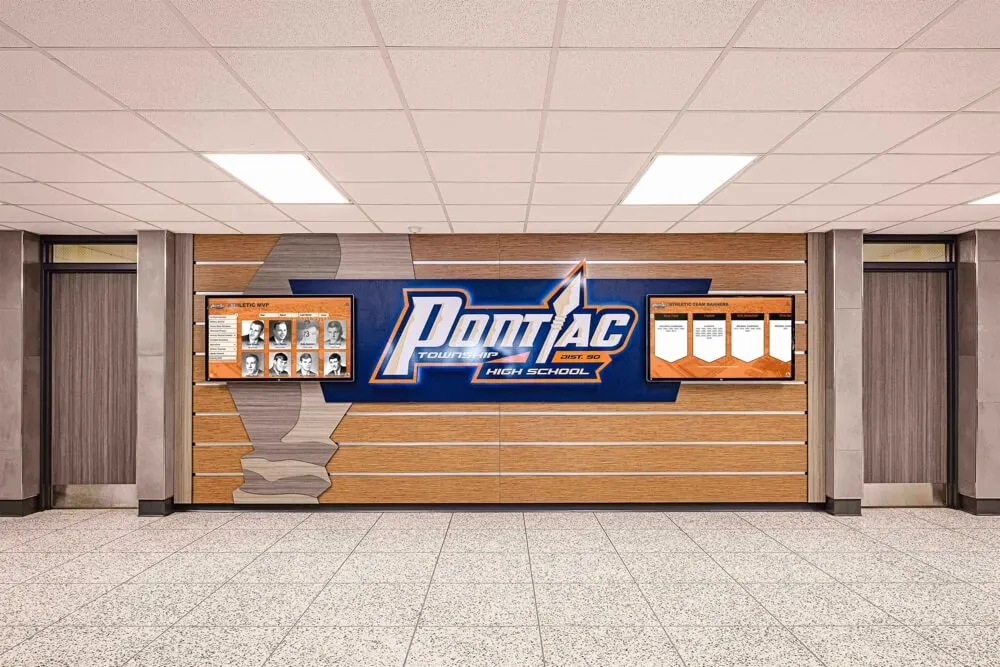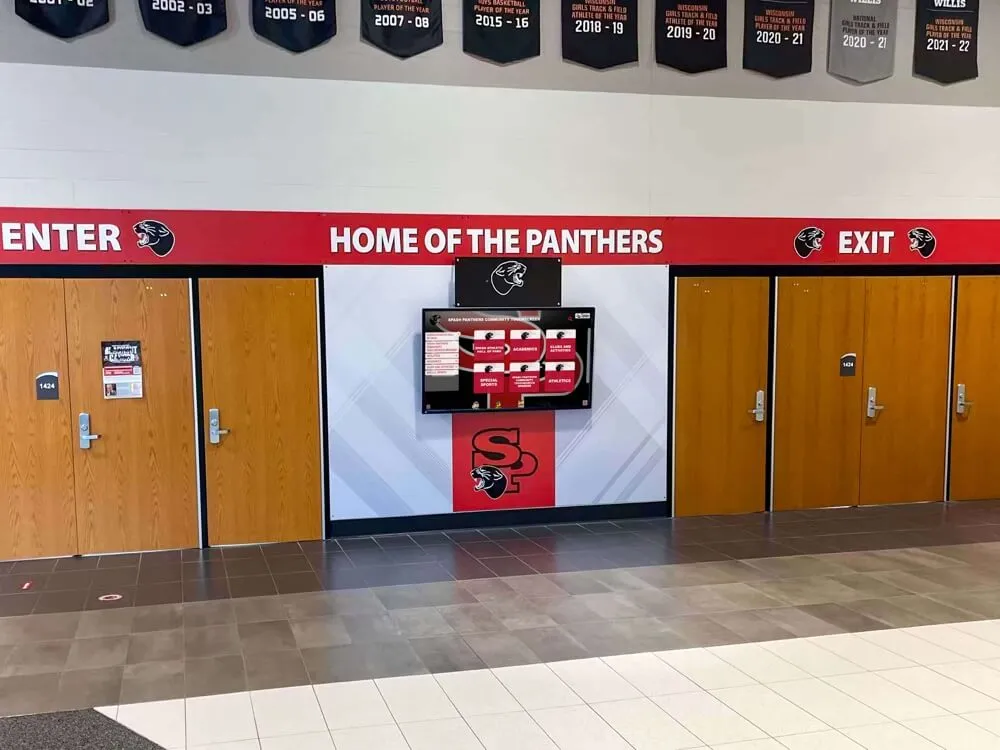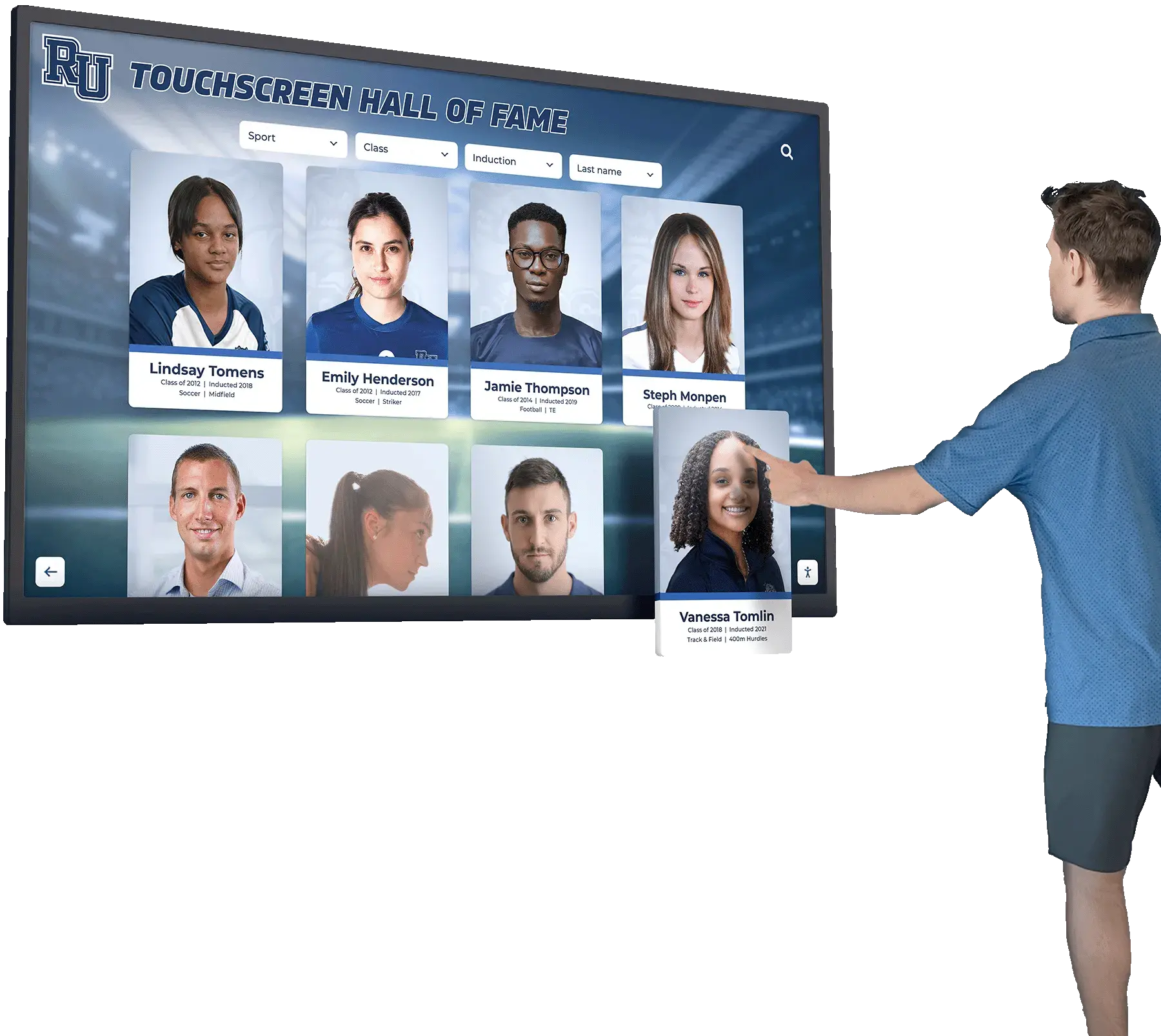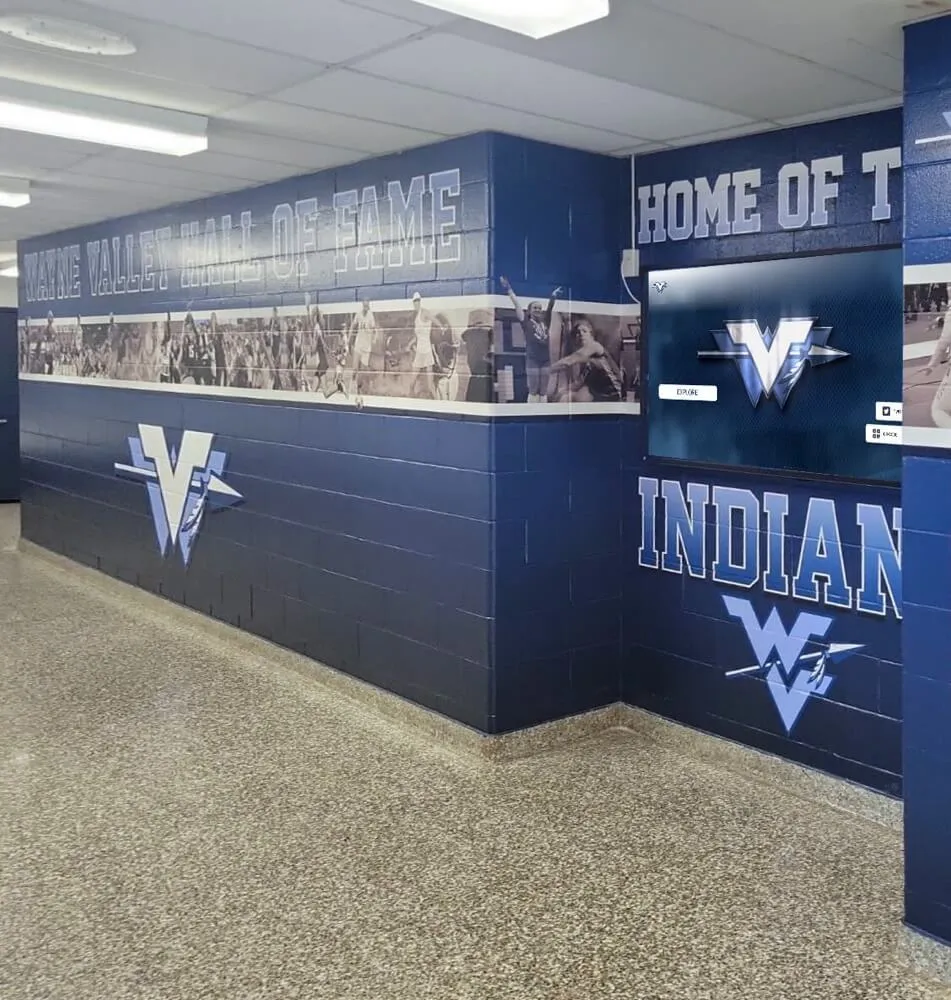Key Takeaways
Complete guide to replacing your digital signage provider. Learn about costs, benefits, migration strategies, and how Rocket Alumni Solutions can streamline your transition.
Why Organizations Are Replacing Their Digital Signage Providers
The digital signage landscape has evolved rapidly, and many organizations find their current solutions failing to meet modern requirements. Understanding the common pain points can help you evaluate whether it’s time for a change.
Rising Operational Costs
One of the most compelling reasons to consider a provider change is escalating costs. Many organizations report experiencing:
- Increasing monthly subscription fees without corresponding feature improvements
- Expensive hardware replacement cycles due to proprietary systems
- High maintenance and support costs that continue to climb
- Hidden fees for basic features like content scheduling or remote management
- Energy costs from inefficient older displays and systems
Modern solutions like those offered by Rocket Alumni Solutions often provide more transparent pricing models with better cost predictability.

Technology Limitations
Legacy digital signage systems often lack the flexibility and features that modern organizations require. Common technology limitations include:
Limited Content Management Capabilities
- Difficult-to-use interfaces that require technical expertise
- Poor mobile compatibility for remote content updates
- Lack of real-time content scheduling and automation
- Insufficient template and design options
Poor Integration Options
- Inability to connect with existing business systems
- Limited API access for custom integrations
- No support for modern data sources and feeds
- Incompatibility with current IT infrastructure
Scalability Challenges
- Expensive per-screen licensing that doesn’t scale efficiently
- Hardware limitations that prevent network expansion
- Geographic restrictions on content management
- Performance issues with larger display networks
The Digital Signage Market in 2025
📈 Market Growth
Industry valued at $28.83 billion in 2024, projected to reach $45.94 billion by 2030
💰 Cost Efficiency
New solutions reduce traditional advertising costs by up to 76%
🔧 Technology Advances
Cloud-based management, AI personalization, and improved energy efficiency
⚡ Accessibility
Lower barriers to entry with plug-and-play solutions
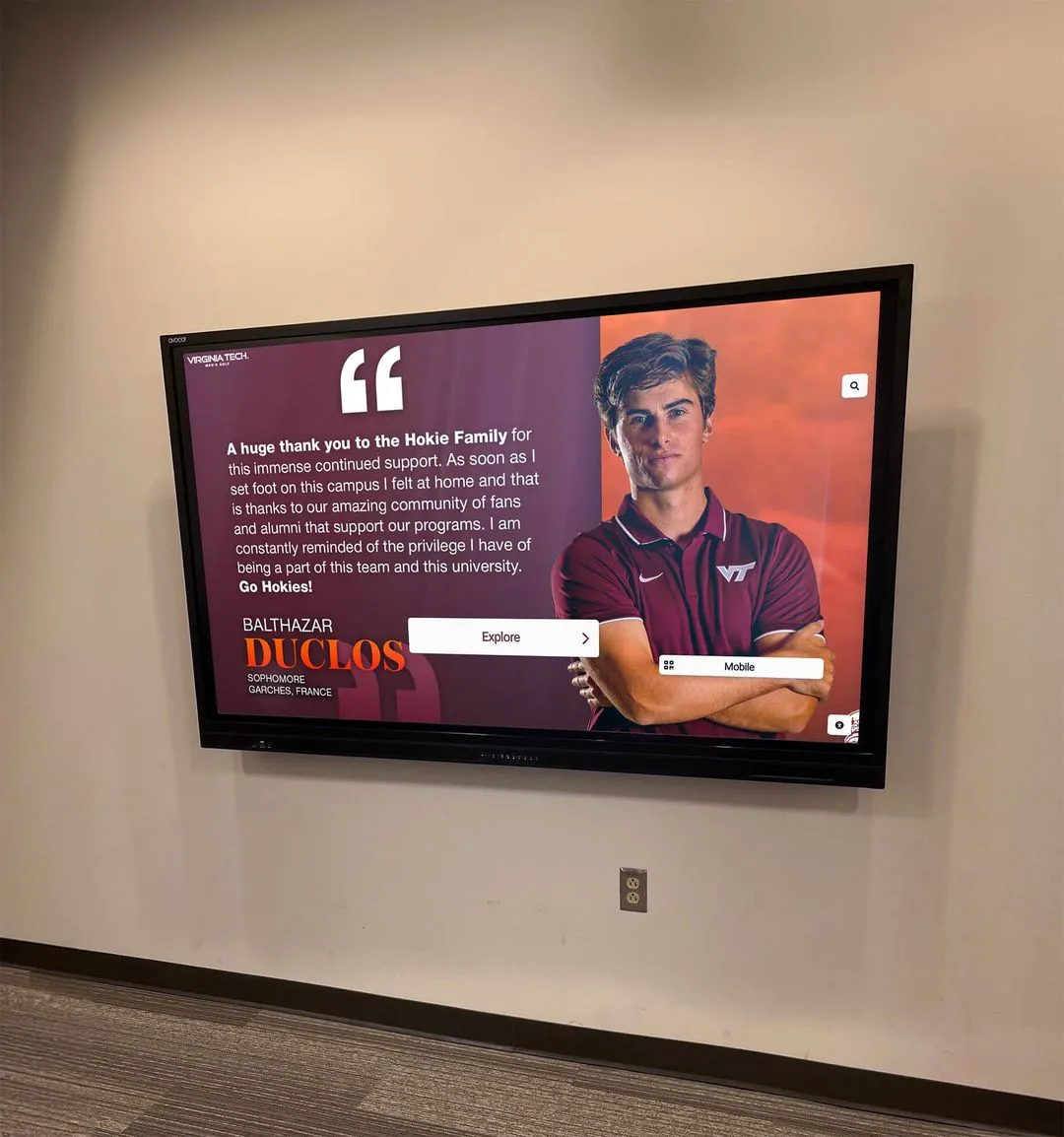
Signs It’s Time to Switch Providers
Recognizing when to make a change can save your organization significant time, money, and frustration. Here are the key indicators that suggest it’s time to evaluate alternatives:
Performance and Reliability Issues
System Downtime
- Frequent display outages or connection problems
- Slow content loading and poor user experience
- Regular need for technical support interventions
- Inconsistent performance across your display network
Content Management Problems
- Time-consuming content update processes
- Limited ability to schedule or automate content changes
- Poor mobile access for remote management
- Difficulty coordinating content across multiple locations
Financial Red Flags

Warning signs from a financial perspective:
- Unexpected Cost Increases: Surprise fee hikes or new charges
- Poor Cost Transparency: Complex pricing with hidden fees
- Expensive Upgrades: High costs for basic feature improvements
- Hardware Lock-in: Forced expensive hardware purchases
- Contract Inflexibility: Restrictive terms preventing optimization
Support and Service Quality
Poor customer support is often the final straw that drives organizations to seek alternatives:
- Slow response times for technical issues
- Limited support hours or geographic availability
- Lack of proactive maintenance and monitoring
- Inadequate training and onboarding resources
- Unresponsive account management
Planning Your Digital Signage Migration
Successful provider transitions require careful planning and systematic execution. Here’s your comprehensive migration roadmap:
Phase 1: Assessment and Strategy Development
Current State Analysis
Inventory Your Current Setup
- Document all displays, locations, and hardware specifications
- Catalog current content, schedules, and usage patterns
- Assess network infrastructure and connectivity requirements
- Review current costs, contracts, and service agreements
Define Your Requirements
- Identify must-have features and capabilities
- Establish budget parameters and timeline expectations
- Determine integration needs with existing systems
- Set performance and reliability benchmarks
Stakeholder Alignment
- Involve key decision-makers in the planning process
- Establish clear success metrics and expectations
- Plan for user training and change management
- Assign project roles and responsibilities
Phase 2: Provider Research and Selection
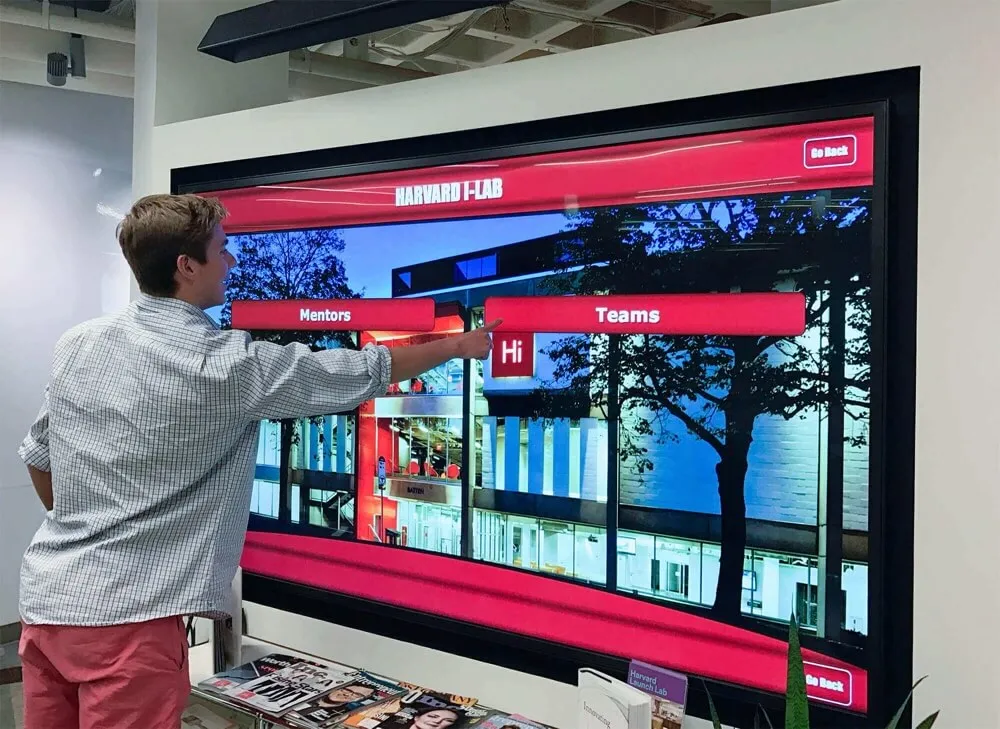
Key evaluation criteria for new providers:
- Technology Compatibility: Hardware flexibility and integration capabilities
- Scalability: Ability to grow with your organization
- Cost Structure: Transparent pricing with predictable costs
- Support Quality: Responsive customer service and technical support
- Migration Assistance: Professional services to ensure smooth transition
- Security: Data protection and compliance capabilities
Provider Evaluation Process
- Request detailed proposals from multiple vendors
- Conduct proof-of-concept testing with your actual hardware
- Check references from similar organizations
- Evaluate migration support and professional services
- Review contract terms and flexibility options
Phase 3: Migration Planning and Preparation
Pre-Migration Checklist
- Backup all existing content and configuration data
- Document current user access and permissions
- Plan network and infrastructure changes if needed
- Schedule migration during low-impact periods
- Prepare user communication and training materials
Risk Mitigation Strategies
- Maintain parallel systems during transition period
- Test new system thoroughly before full deployment
- Have rollback procedures ready if needed
- Ensure adequate technical support during migration
- Plan for potential downtime and alternative communication methods
The Migration Process: Step-by-Step Guide
Hardware Assessment and Compatibility
Most modern digital signage platforms offer broad hardware compatibility, which significantly reduces migration complexity and costs.
Hardware Compatibility Assessment:
- Display Compatibility: Most commercial displays work with multiple platforms
- Media Player Options: Flexible support for various player types
- Network Requirements: Assess bandwidth and connectivity needs
- Mounting and Installation: Usually no changes required to physical setup
- Power and Cabling: Existing infrastructure typically sufficient
Solutions like Rocket Alumni Solutions specialize in working with existing hardware while providing enhanced functionality and easier management.
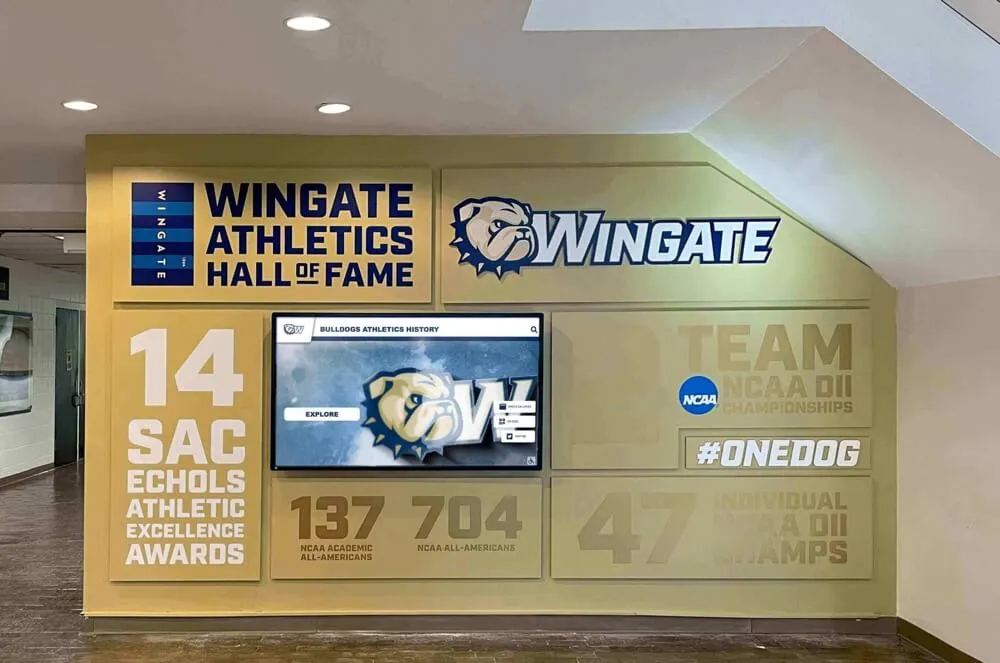
Content and Data Migration
Content Transfer Strategy
Content Audit and Organization
- Catalog all existing content assets
- Organize content by category, location, and schedule
- Identify outdated content for archive or deletion
- Plan content format conversions if necessary
Migration Execution
- Use automated migration tools when available
- Transfer content in phases to minimize disruption
- Test content display and scheduling on new platform
- Verify all interactive elements function correctly
Quality Assurance
- Review all migrated content for accuracy and formatting
- Test scheduling and automation features
- Verify user access and permissions
- Conduct end-to-end system testing
User Training and Change Management
Ensuring successful user adoption:
Pre-Launch Training
Comprehensive training for administrators and content creators
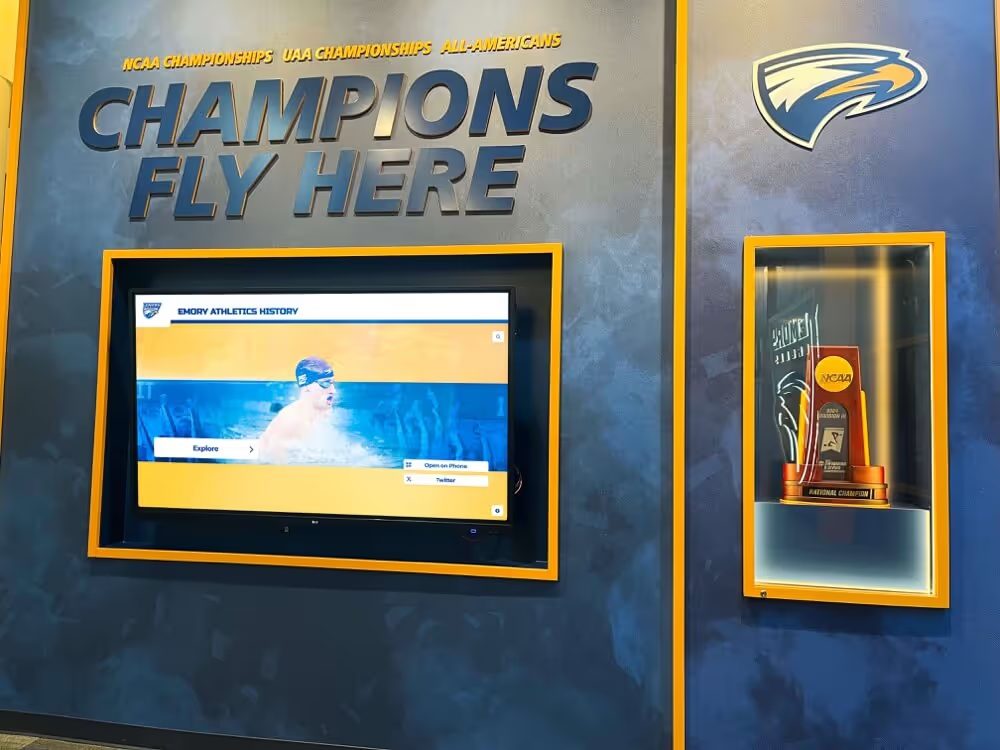
Documentation
Clear guides and procedures for common tasks
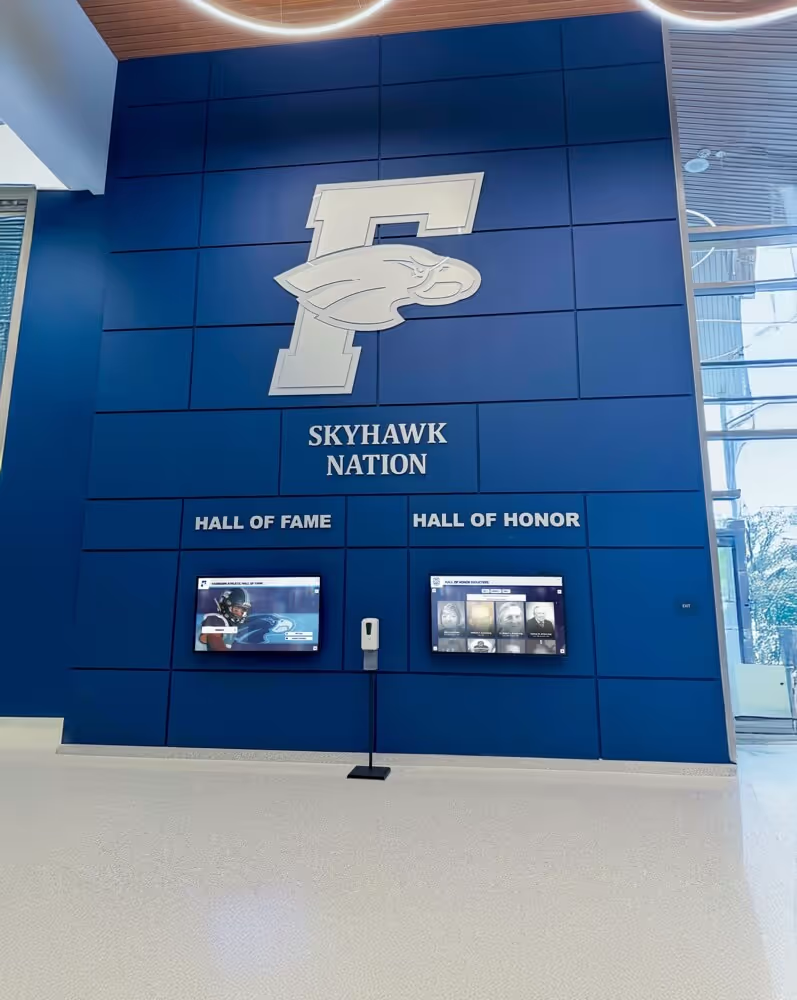
Ongoing Support
Continued assistance during the transition period
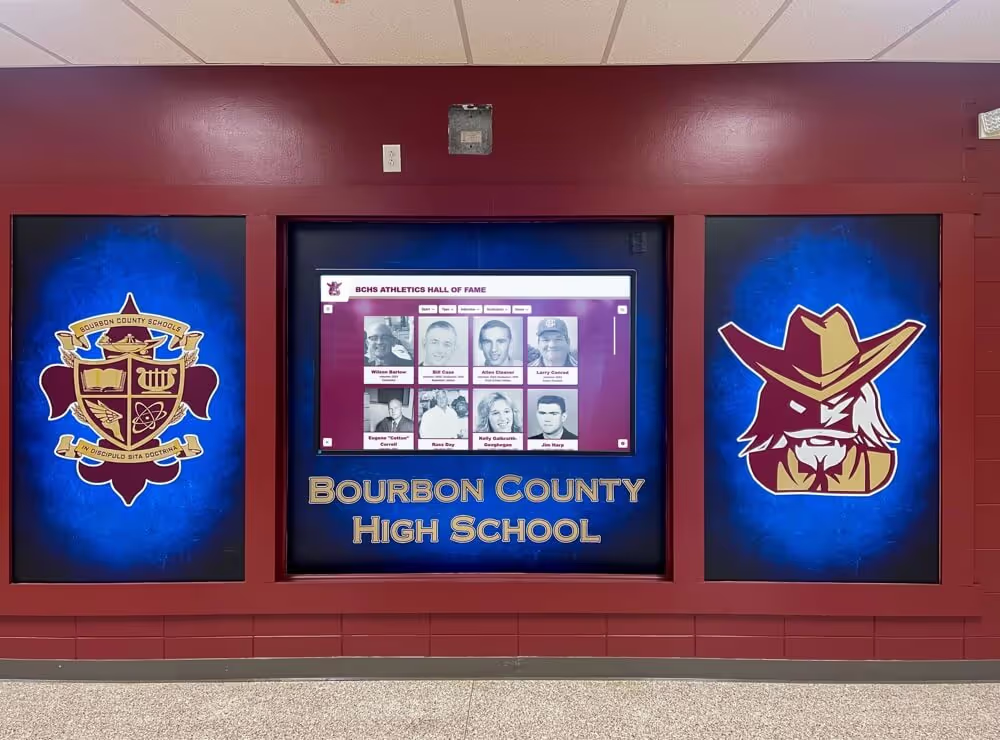
Cost Analysis: Migration Investment vs. Long-Term Savings
Initial Migration Costs
Migration Cost Breakdown
One-Time Migration Expenses
- New software licensing or setup fees
- Professional services for migration assistance
- Hardware upgrades (if needed)
- Staff training and change management
- Temporary parallel system operation
Typical Range: $1,000-$5,000 per screen
Long-Term Savings Potential
- Reduced monthly subscription costs (20-30%)
- Lower hardware replacement expenses
- Decreased support and maintenance costs
- Energy efficiency improvements
- Improved operational efficiency
ROI Timeline: 12-24 months typical payback
Financial Benefits of Switching
Organizations that successfully migrate to modern digital signage platforms typically see significant financial benefits:
Direct Cost Savings
- 20-30% reduction in annual operating costs
- Elimination of hidden fees and surprise charges
- More predictable and scalable pricing models
- Reduced need for technical support interventions
Operational Efficiency Gains
- 76% reduction in content production and distribution costs
- Faster content updates and management processes
- Improved staff productivity through better tools
- Enhanced ability to track and measure display effectiveness
Overcoming Common Migration Challenges
Technical Integration Issues
Challenge: Legacy System Dependencies Many organizations worry about losing functionality during migration.
Solution:
- Work with providers who specialize in migration services
- Plan comprehensive testing phases
- Maintain documentation of all existing integrations
- Use APIs and standard protocols for better compatibility
Challenge: Network and Infrastructure Limitations Older networks may not support modern digital signage requirements.
Solution:
- Conduct thorough network assessments before migration
- Upgrade infrastructure incrementally if needed
- Consider cloud-based solutions to reduce local requirements
- Work with IT teams to optimize network performance
Organizational Resistance
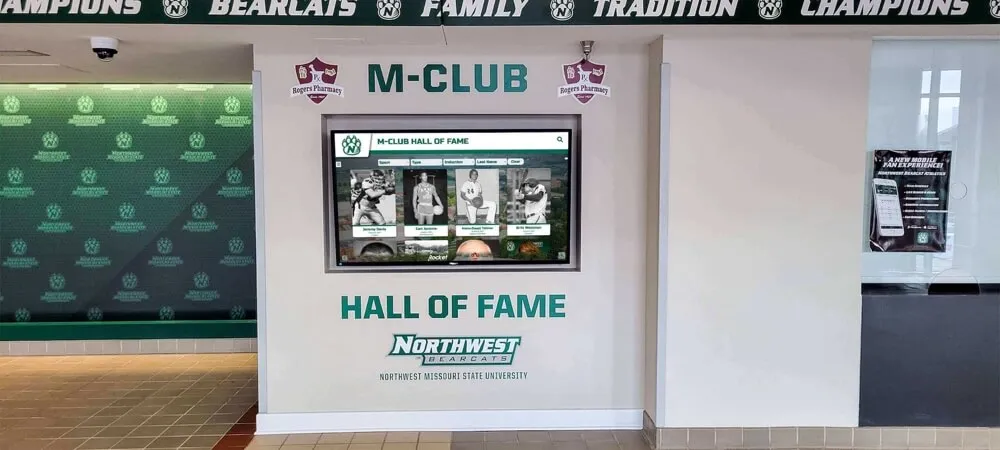
Addressing user concerns and resistance:
Data Security and Compliance
Ensuring data security during migration is critical, especially for educational institutions and healthcare organizations.
Security Best Practices:
- Choose providers with appropriate compliance certifications
- Use encrypted data transfer methods throughout migration
- Implement role-based access controls from day one
- Maintain audit trails of all migration activities
- Backup all data before beginning the migration process
How Rocket Alumni Solutions Simplifies Provider Migration
Rocket Alumni Solutions understands the challenges organizations face when replacing digital signage providers and offers comprehensive migration support designed to minimize disruption while maximizing results.
Migration-Specific Advantages
Seamless Content Transfer
- Automated tools for content migration from most major platforms
- Professional services to handle complex data transfers
- Quality assurance processes to ensure content integrity
- Preservation of scheduling and automation settings
Hardware Compatibility Focus
- Extensive compatibility with existing display hardware
- Flexible media player options to work with current infrastructure
- No forced hardware purchases or vendor lock-in
- Support for mixed hardware environments
Dedicated Migration Support
- Assigned migration specialists for personalized assistance
- Project management services to coordinate complex transitions
- 24/7 technical support during critical migration phases
- Training and change management resources
Educational Institution Expertise
Rocket Alumni Solutions specializes in serving educational institutions, bringing deep understanding of:
- Budget Constraints: Cost-effective solutions that maximize educational technology budgets
- Seasonal Schedules: Migration timing that works with academic calendars
- Multi-User Environments: Systems designed for diverse user groups and permission levels
- Compliance Requirements: Understanding of educational data privacy and security needs
- Integration Needs: Seamless connection with existing school systems and databases
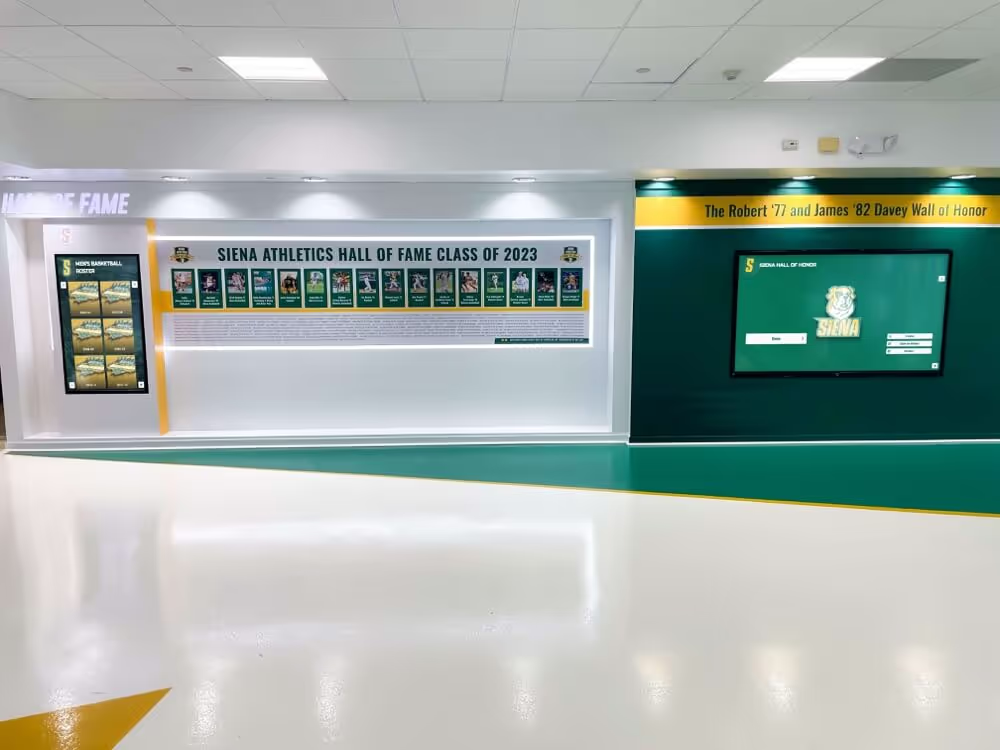
Post-Migration Success Strategies
Monitoring and Optimization
Performance Tracking
- Monitor system reliability and uptime metrics
- Track user engagement and content effectiveness
- Measure cost savings and efficiency improvements
- Document lessons learned for future reference
Continuous Improvement
- Regular review of content management processes
- Optimization of network performance and display quality
- User feedback collection and implementation
- Stay current with platform updates and new features
Maximizing ROI from Your New Platform
Key strategies for ongoing success:
Content Strategy
- Develop content calendars and automation
- Create template libraries for consistency
- Implement analytics to measure engagement
- Regular content audits and updates
System Utilization
- Train additional staff on system capabilities
- Explore advanced features and integrations
- Expand display network strategically
- Leverage reporting and analytics tools
Building Long-Term Provider Relationships
Partnership Approach
- Maintain regular communication with your provider
- Participate in user communities and feedback programs
- Stay informed about platform roadmap and updates
- Leverage provider expertise for strategic planning
Contract Management
- Review service level agreements regularly
- Understand upgrade and expansion options
- Plan for contract renewal negotiations
- Document any customizations or special requirements
Future-Proofing Your Digital Signage Investment
Emerging Technology Trends
The digital signage industry continues to evolve rapidly. Consider these trends when selecting a new provider:
Artificial Intelligence Integration
- Automated content optimization based on audience analytics
- Predictive maintenance and performance monitoring
- Personalized content delivery based on user behavior
- Smart scheduling that adapts to real-time conditions
Enhanced Connectivity Options
- 5G network support for improved reliability
- Edge computing capabilities for reduced latency
- IoT integration for environmental sensing
- API-first architectures for better integration flexibility
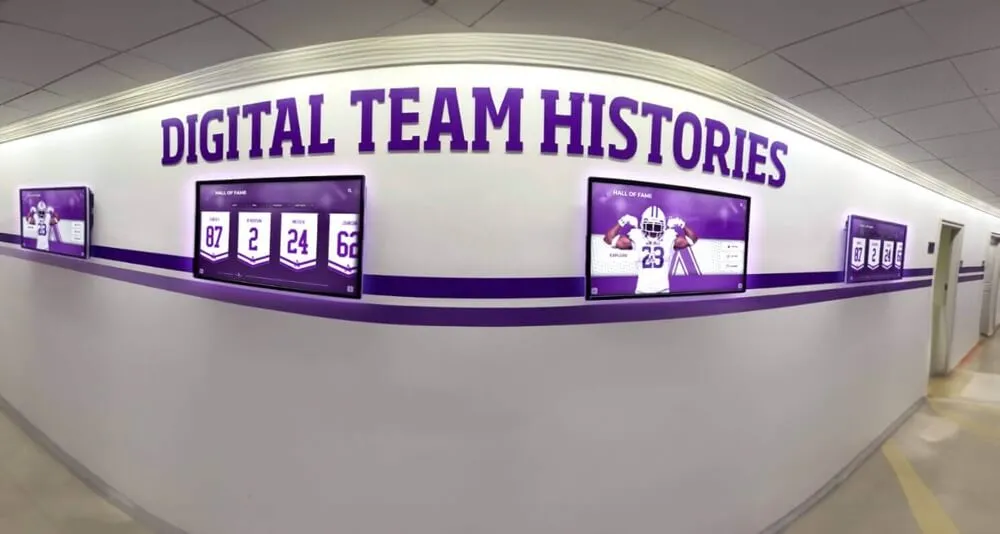
Scalability Considerations
Growth Planning
- Choose platforms that scale efficiently with your organization
- Consider multi-location and franchise support capabilities
- Plan for potential changes in content volume and complexity
- Ensure the solution can adapt to changing organizational needs
Technology Evolution
- Select providers with strong development roadmaps
- Prioritize cloud-based solutions for easier updates
- Consider platforms that support emerging display technologies
- Plan for potential integration with future business systems
Making the Decision: Is Migration Right for You?
Decision Framework
Use this framework to evaluate whether replacing your digital signage provider is the right choice:
Financial Analysis
- Calculate total cost of ownership for current solution over 3-5 years
- Estimate migration costs and timeline
- Project savings and benefits from new solution
- Determine break-even point and ROI timeline
Operational Assessment
- Document current pain points and limitations
- Identify must-have improvements and capabilities
- Assess organizational readiness for change
- Evaluate available alternatives and their fit
Strategic Alignment
- Consider how digital signage supports organizational goals
- Assess importance of digital signage to overall operations
- Evaluate timing relative to other major initiatives
- Determine impact on stakeholders and end users
Conclusion
Replacing your digital signage provider is a strategic decision that can deliver significant benefits when planned and executed properly. The key to success lies in thorough preparation, careful provider selection, and systematic migration execution. Organizations that take a structured approach to provider migration typically see improved functionality, reduced costs, and better user experiences within months of completion.
Modern digital signage platforms like Rocket Alumni Solutions are designed specifically to make provider transitions as smooth as possible while delivering the advanced capabilities that today's organizations require. With proper planning and the right partner, your migration can become a catalyst for improved digital communication and enhanced organizational effectiveness.
